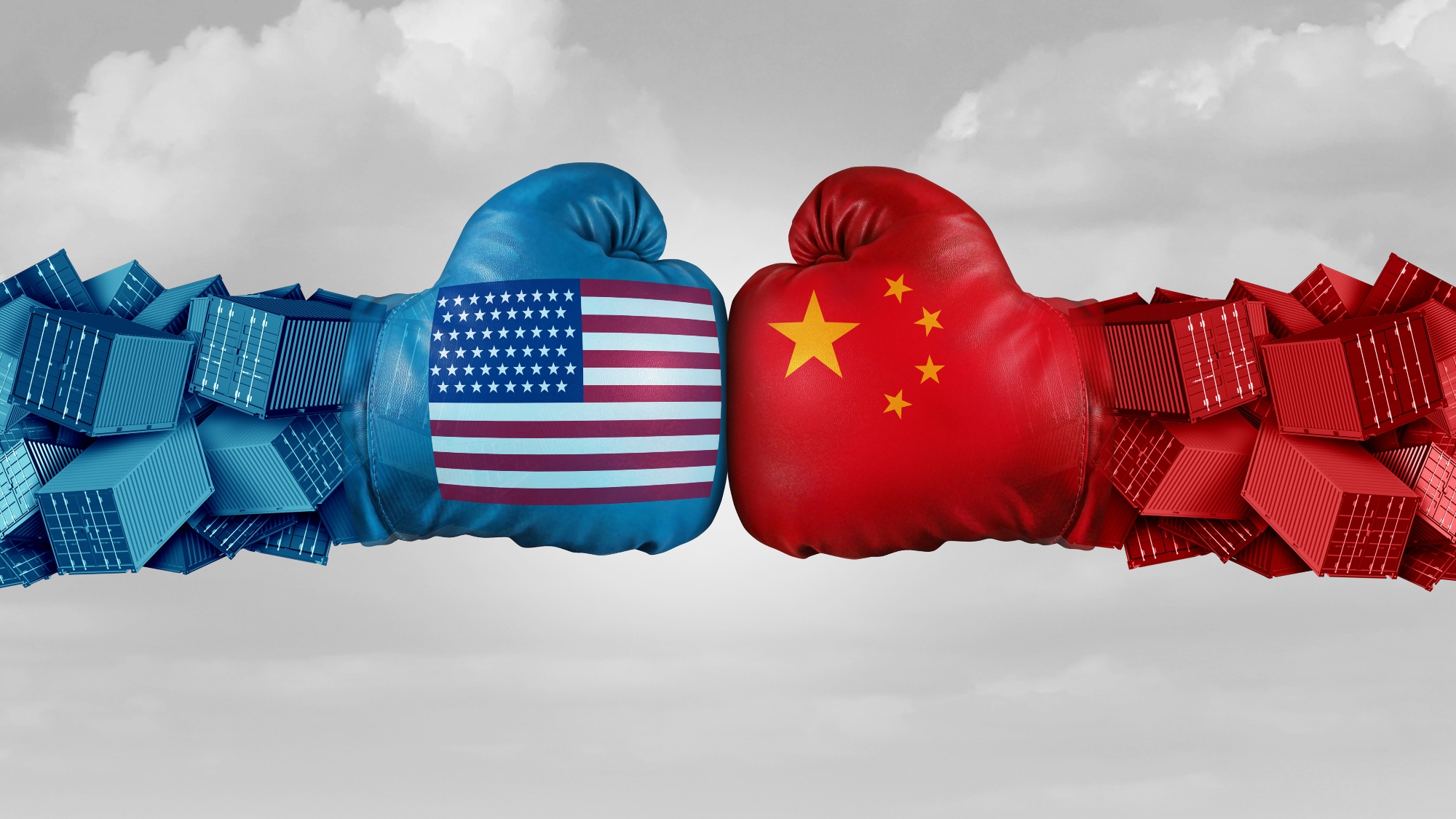10 Reasons Why You Can’t Automate Human Relationships – Part 1
I recently received the following email from Tom Linton, Chief Procurement Officer of Agere Systems, stationed in Singapore.
“Rob, I bought your book (Supply Chain Redesign) this weekend and started reading it. It was in a nice display of “recommended” reading at the airport book store in Singapore. Having been in both IBM and E2open (a supply chain software company) and now Agere Systems…. no doubt in my mind – the value is clear. Implementation is complex with competing solutions and agendas. Issue is even in the same industry you have too many competing solutions. I noticed CAPS has been pushing the same themes. I liked the way you put it together and got it published.
“I am currently focused on building a Supply Chain which is geographically located with the supply base. This is a huge advantage as Value Chains can not overcome the time zone – same day impact. The core advantages of key supplier relationship management are also local and can not be overcome by distance. If we can automate human behavior in these management systems the value chain will really gain speed.”(Emphasis added).
After reading this email, I started thinking about the notion of automating human behavior. Can it be done? Is it a goal that is desirable? Is it possible? Why would we wish to do so?
At first blush, it seemed ridiculous. Humans are not automatons. Yet as I thought about it further, what Tom was really talking about was promoting greater understanding among different people in different geographic locations around the world; getting them to think on the same plane, as a single business, or even more importantly, to think that they are all part of the same supply chain (the theme of the book “Supply Chain Redesign.” I realized how critical it was to promote alignment among people… yet how difficult it is.
As Tom pointed out, there are no shortcuts in automating human behavior; you have to be “on the ground”, and talking to one another. Based on my insights and discussions over the last year or two, I realized how this theme has recurred again and again. The following ten reasons provide concrete examples why human relationships cannot be automated; more importantly, they also provide us with some ideas regarding how we can better manage these issues.
1. A Single System Never Works
Every system requires a different approach at each location. For example, in a pilot program implementation of an information visibility solution across six different plants and 50 different suppliers, Johnson Controls Incorporation realized that “a tool is only as good as the business process execution in the plant and the standardization and acceptance of the process across plants. We also learned that one replenishment method would not work in all situations. Rather, it is better to have several different methods that are executed the same way across the organization.”
2. People Need to Communicate Better
People simply do not “naturally” communicate. In fact, we found in the results from roundtables with 50 different executives that the number one area where executives felt their people lacked in skills was in the area of Making Presentations and Communication. The number two area? Ethics, Information Sharing, and Communication! Clearly, the new supply chain managers of the future will need to be team leaders and be able to go in front of a group, challenge them, and convince them of the need to change.
3. Better Be Nice to People On the Way Up; You’re Going to See Them Again When You’re Coming Down
The importance of maintaining supplier relationships in a price-driven economy has been noted by several executives. This is particularly challenging when one’s own market conditions are forcing price reductions; it is a natural tendency to pass on the pressure to one’s own supply base. This cost challenge can become particularly difficult when these price pressures drive suppliers out of business. How does one manage this problem? The point is that capacity will be at a premium when economy turns around – and will you still be a preferred customer when that happens?
4. Strong Arm Negotiation Tactics Will Hurt You in the End
As one manager from an automotive company noted, “Many suppliers over the last ten years have taken the lion’s share of their new technologies to Chrysler because of the organization that Thomas Stallkamp built at Chrysler – and because they trusted him. When things went wrong, the supplier would help Chrysler out – including premium transportation, engineering changes, expediting, solving start-up problems, or whatever – they would pull out all the stops to help Chrysler. They wouldn’t do it for us or anyone else, because they felt squeezed, and wouldn’t put any more into a part or process because of the additional cost. Chrysler in the end paid more for the parts they bought, but saved significant amounts by more than offsetting the cost of the higher price.” In effect, Thomas Stallkamp set a precedent for managing supplier relationships that until recently was unparalleled in the automotive industry.
5. The Demise of the Reverse Auction
Many organizations have reverted to reverse auctions as a way of driving costs down. However, recent studies by the SCRC* have shown that reverse auctions are more likely to cause harm than good, particularly in terms of supplier relationships. Further, savings down the road through second auctions are unlikely to occur.
- Categories:


